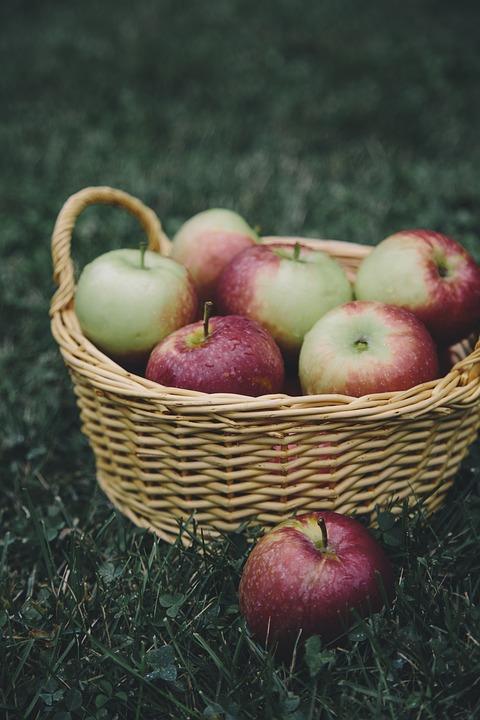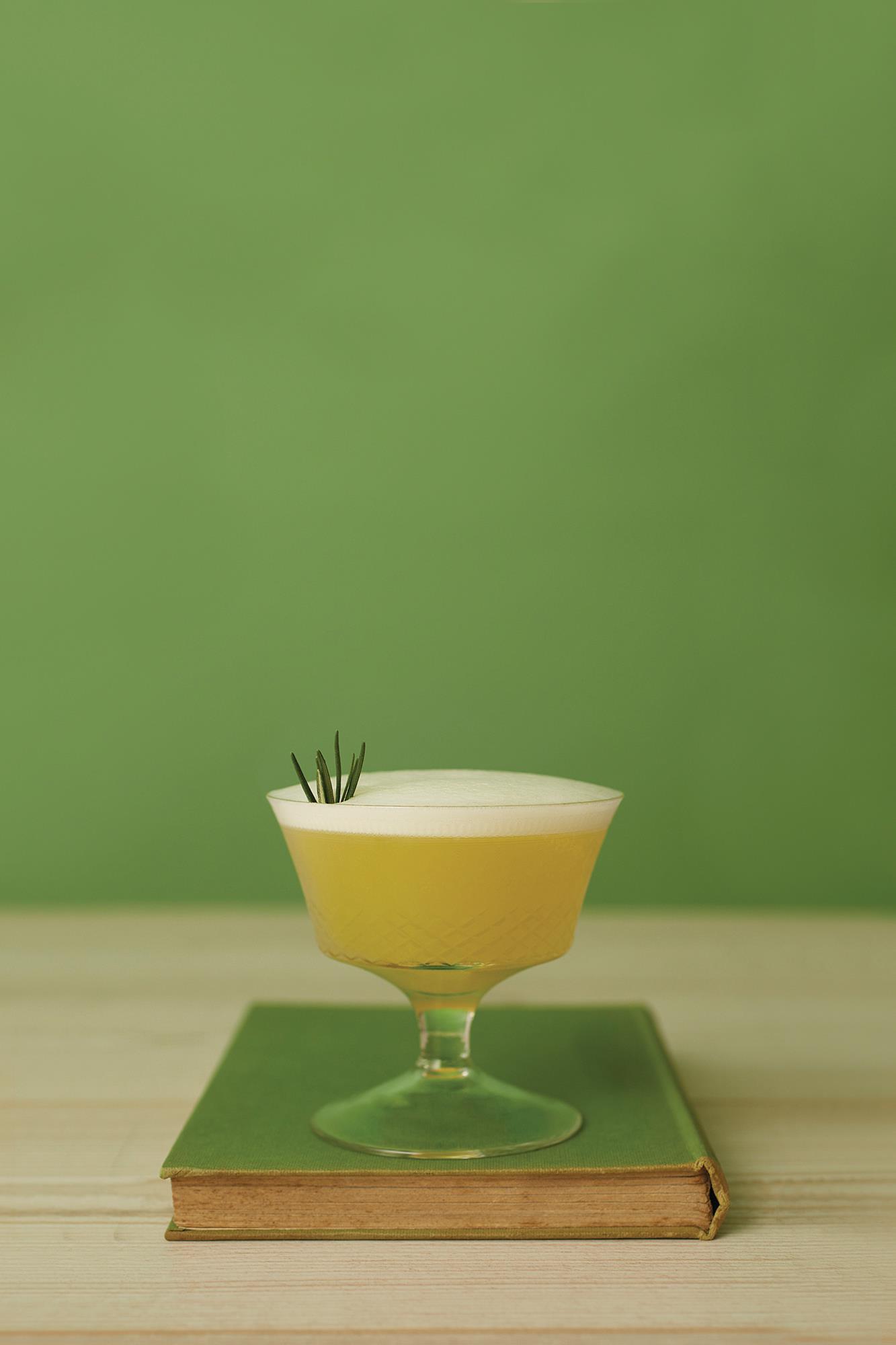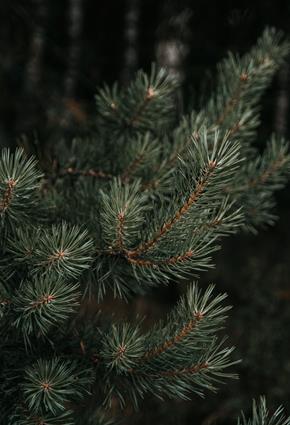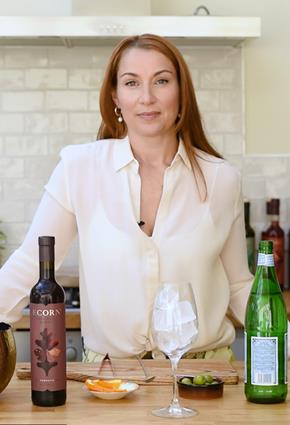There are few fruits with their roots as entwined within our culture as the apple.
From Greek & Norse mythology to the fairy tales of the Brothers Grimm & the poetry of Dylan Thomas, imagery of apples has been woven through cultural history since their early cultivation.
But when was the last time you held an apple in your hand? Not an Apple phone or laptop, but an actual apple?
Because this small, firm fruit is actually a time machine. And it’s all down to the way apples are grown.
HOW ARE APPLES GROWN?
Most plants grown from a seed or pip will resemble the parent plant fairly closely. However, if you were to plant the pip from an apple, the resulting fruit would likely have no resemblance to the original plant. This characteristic of the apple is known as extreme heterozygosity.
When you’re growing apples, in order to grow the same variety, you therefore need to use a technique called grafting.
This process involves taking an established root system, known as the root stock, and attaching it to a small branch - or ‘scion’ - from the parent plant. This method not only produces the exact variety you want, but also means you get to choose a root stock that is suited to your growing environment; be that a large tree in an orchard or a little apple tree that will happily grow in a container.
THE EVOLUTION OF THE APPLE
The process of propagating new plants by grafting also means that many of the well-known apples grown today are a direct genetic link to the very first apple of that variety.
Take the Cox apple - that apple is directly genetically linked to the first Cox grown in 1830, the year King William IV came to the thrown and when the lawn mower was invented by Edwin Budding.
Or consider the Ashmead’s Kernel, which sources suggest was first grown in the early 1700’s. Perhaps you’re fond of an apple crumble, made with one of the delicious cooking apple varieties? The Calville Blanc d’hiver apple for example, an apple that was first grown in 1598. That’s 420 years of continued grafting & growing, directly linked to your dessert!
The apple is therefore a time machine of taste giving us first-hand experience of our food heritage.
However the story of the apple doesn’t start with the varieties we know and eat today.
A Brief History

Some 8000 years ago the common apple, Malus domestica, started its journey in the forests of central Asia, and was carried along the Silk Road by travellers and traded by merchants. The apple was quickly adopted by the ancient Egyptians in the Nile delta during the twelfth century & thirteenth century BC.
By around 300BC apples had made their way into the hands of the Romans, who were the first to deliberately start breeding apple varieties with a focus on taste & size. The apple quickly became a firm favourite fruit for the Empire.
As the Roman Empire expanded over Northern Europe, the centurions took the apple with them which lead to its introduction to much of Northern Europe including the United Kingdom.
Although many modern commercial orchards are brimming with hi-tech gadgetry, many of the techniques & tools used for grafting by the Romans have strong similarities to the tools used today, some 2300 years later. As with the Romans the continued development of new varieties marches on with breeders, growers & retailers all on the lookout for the next big apple! But it’s not all good news.
THE FUTURE OF THE APPLE
The number of orchards is in decline. It is estimated that 60% of the UK’s orchards have been lost since the 1950s.
The remaining commercial orchards are only growing a limited range of apples which are aimed at meeting the requirements of supermarkets & the demand for a year-round supply of apples with consistent colour, shape and flavour. A shadow is being cast over our heritage varieties, many of which are either in serious decline or balancing on the brink of extinction.
With the loss of an orchard, we don’t just lose apples. We also sacrifice a wealth of information on how climate change is affecting flowering times & crop yields. Orchards also provide vital resources for our wildlife from forage for bees & moths to the windfalls of autumn feeding badgers & hedgehogs.
In order to develop healthy orchards for years to come, what’s needed is a more diverse landscape of orchards containing a larger number of varieties including both those grown commercially as well as heritage apples.
By maintaining a large number of varieties, we remain equipped with a large genetic pool full of diversity which will give the apple the best opportunity to develop new varieties with resistance to pests and diseases, safe guarding the apple for the next 1000 years.
HOW YOU CAN SAVE THE APPLE
But it’s not all gloom & doom.
We can all help increase the numbers of heritage apples & October is the perfect month for exploring the many flavours on offer with apple days taking place up and down the country.
Also, with the end of autumn on the horizon winter will soon be with us bringing with it the ideal weather to plant your own apple tree. You don’t need a large garden as you can buy trees on root stock suitable for growing in a container.
Top 3 Apples worth trying
Ashmeads Kernal Blenheim Orange Egremont Russet
Apple Fact
An apple a day keeps the doctor away’ is not an old proverb. It was actually invented in 1904 as a marketing slogan.
How To Make a Seedlip Apple Cocktail

INGREDIENTS
Seedlip Garden 108: 50 ml
Cloudy Apple Juice: 35 ml
Lemon Juice: 15 ml
Cider Vinegar: 5 ml
Sprig of Rosemary & Thyme
Dash of Sugar
Egg White
GLASS & GARNISH
Coupe
Rosemary Needles
METHOD
Shake




